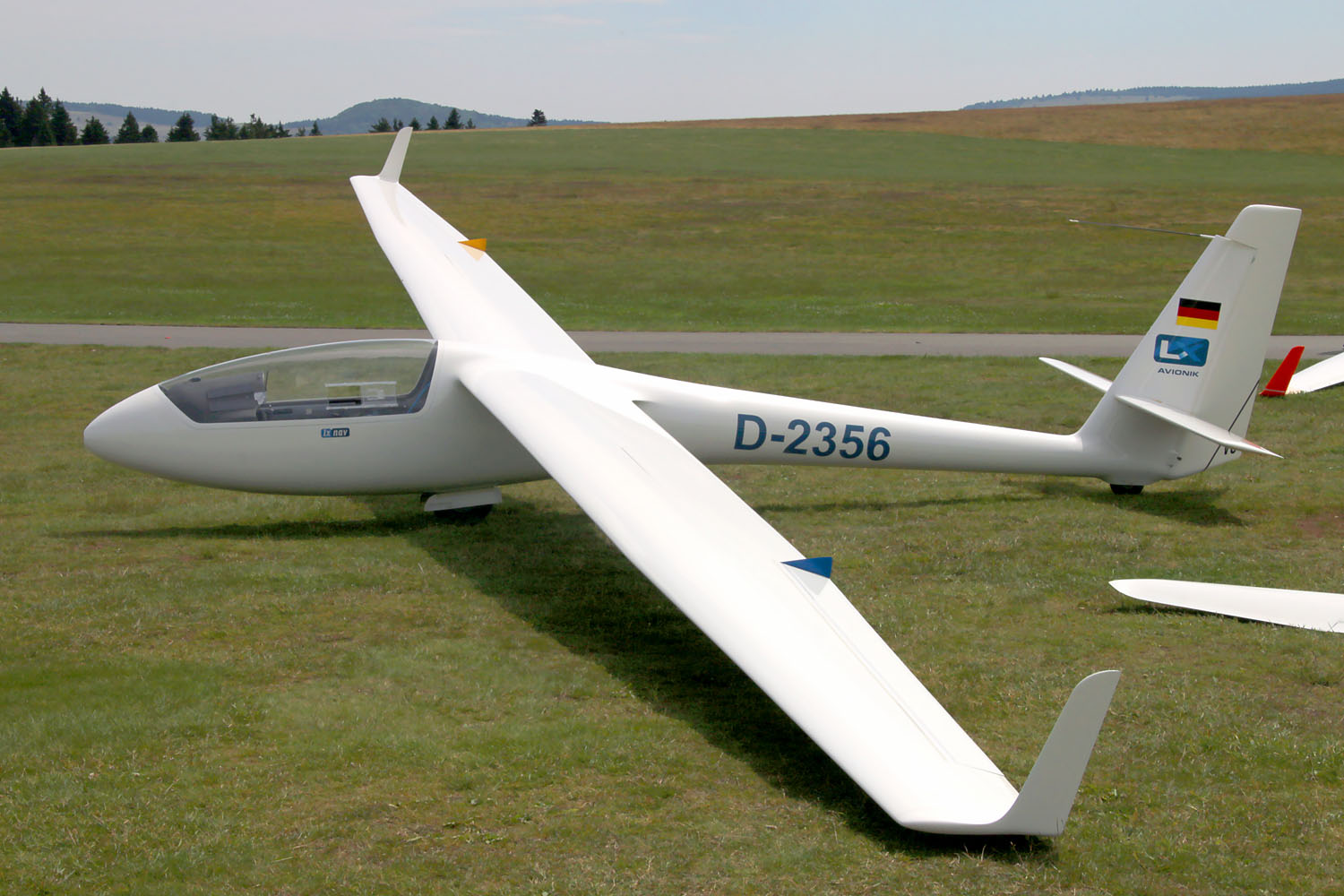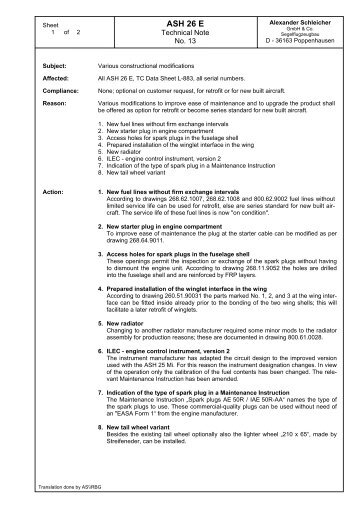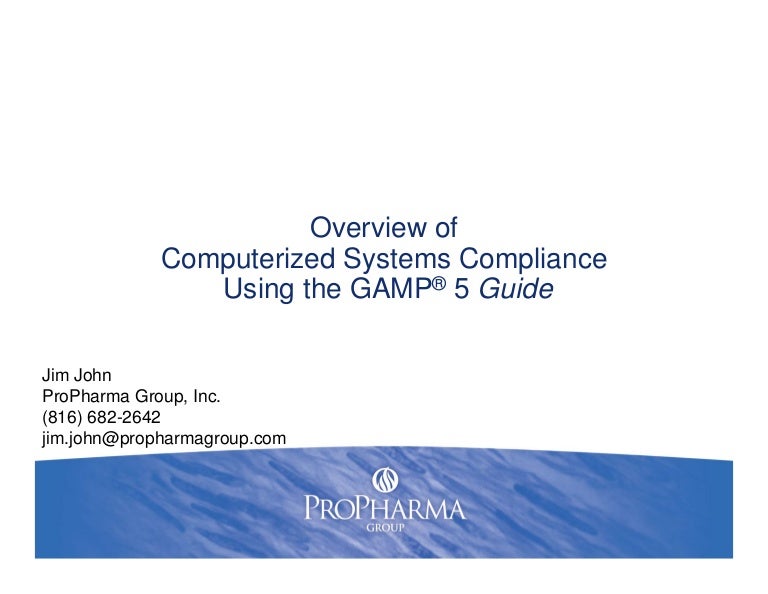Asw 15 B Flight Manual

The best slide-rule-style flight computer on the market, with solid aluminum construction and easy-to-read lettering. ASA's E6-B features a wind component grid and comprehensive crosswind correction chart, and on the other side the slide computes time, speed, distance, altitude, true airspeed, and density altitude problems as well as conversions. Nautical and statute scales are included. Vinyl case and instruction booklet included.Copyright © 1987-2019 Aviation Supplies & Academics, Inc. All rights reserved.Part Number ASAE6B.

ASW 20Roleor sailplaneNational originGermanyManufacturer(under licence)DesignerFirst flightNumber built905The ASW 20 is an designed by and built. Its fuselage is nearly identical to the 's, mated to newly designed wings for the 15 metre Class. The prototype first flew in 1977. It proved to be a highly successful glider, winning several World Championships, and was still being flown at this level up to 1995. Developments along its production life included, pneumatic turbulators, and wingtip extensions. It remained in production until 1990, when it was superseded by the. 765 were built by Schleicher and a further 140 were made under license by in France.The ASW20 first flew in 1977 and was an instant success, winning numerous world and national championships.
This highly interactive classroom workshop gives participants hands-on experience in applying practical techniques and solutions to solve computerized systems compliance challenges. Participants will discuss and analyze case studies, apply newly acquired knowledge to hypothetical case-study systems, and have the opportunity to discuss their own real-life challenges with other participants and an expert trainer. Participants should come prepared to work in groups to devise workable and creative solutions to realistic problems and case study scenarios, facilitated by the instructor. 
Dick Johnson reported that the ASW20 was the first 15 m glider to demonstrate a measured L/D in excess of 40/1. Roy McMaster, and John Seymour won jointly, with others, the world triangle distance record of 1,435 km (892 mi) in 1994 in an ASW20B. ASW20s won 2nd and 3rd places in the at the 1983 World Championships at Hobbs, NM. ASW20s are still flown in at Regional and National levels, and are also flown in in the United States. Centrair-built ASW 20 FP in 1980.Construction The ASW20 is constructed from. It features trailing edge flaps which interconnect with the ailerons and allow the entire trailing edge to operate as a flap between -9 and +5 degrees. The flaps also act as ailerons, but deflect only half of the aileron amount.
Schempp-Hirth type airbrakes are provided on the upper wing surface.The B model (introduced in 1983) differs from the A and C model in that it uses a reinforced wing spar, which provides an increased water ballast capacity at the expense of the flexible wing. The B and C model include several enhancements over the original A model, including a lifting panel, hydraulic disc brake, and automatic elevator hookup. The B and C wings also incorporate a pneumatic turbulator system, which draws high pressure air from pitot inlets on the wing and injects it through approximately 860 pinholes into the boundary layer to control underwing airflow separation.ASW20s that include a L designation may be fitted with a 1.59 m wingtip extension. The F designation was assigned to A variants produced in France. Centrair also produced an FL variant equivalent to the German ASW20L, most of these are only permitted to fly without the wingtip extensions due to a deficiency in the wing spar construction.At least three different winglet designs have been produced for the ASW-20, including a NASA winglet fitted to the Centrair gliders (FP), a design by, and a second generation winglet designed by Prof. Of (USA).Flight characteristics The ASW-20 is known as a very pleasant handling glider in most respects. The wing structure composite layup was designed to twist slightly as the wings flexed upward, resulting in the ability to 'store' some of the energy from atmospheric gusts, and then release that energy with a very slight forward thrust force as the wings flexed back downward to their normal position.
Asw 15 B Flight Manual Download
This concept is known as the Katzmayr Effect, and somewhat mimics a bird's ability to use a flapping motion to propel itself forward in flight. This unique wing twisting movement gave the ASW-20 an ability to make very small but consistent performance gains (or reduced losses) in turbulent and gusty thermal conditions compared to other competition level sailplanes. The landing flaps (55° in early models, 38° in later models), in conjunction with very effective airbrakes, allow the pilot to make exceptionally steep approaches at slow speeds, permitting very short landings when required. Second generation winglets further improved the handling and reduced drag at low to mid speeds.
These characteristics have made the ASW-20 a much beloved and desirable aircraft, even after it was no longer competitive in racing. One very common modification was the addition of another intermediate flap setting detent (between Zero and +1 position) which mitigated or softened any 'tip- stall' and incipient spin risk while thermaling in tight, gusty thermals. The flexible wing of the A and C models is particularly favored for ridge running, where it absorbs some of the tremendous turbulence found at ridgetop.Variants ASW20 Prototype and initial production ASW20B ASW20BL the ASW20B with detachable outer wing extensions to 16.59 m (54.4 ft) span, to compete in the Open-class. ASW20C ASW20CL the ASW20C with detachable outer wing extensions to 16.59 m (54.4 ft) span, to compete in the Open-class.